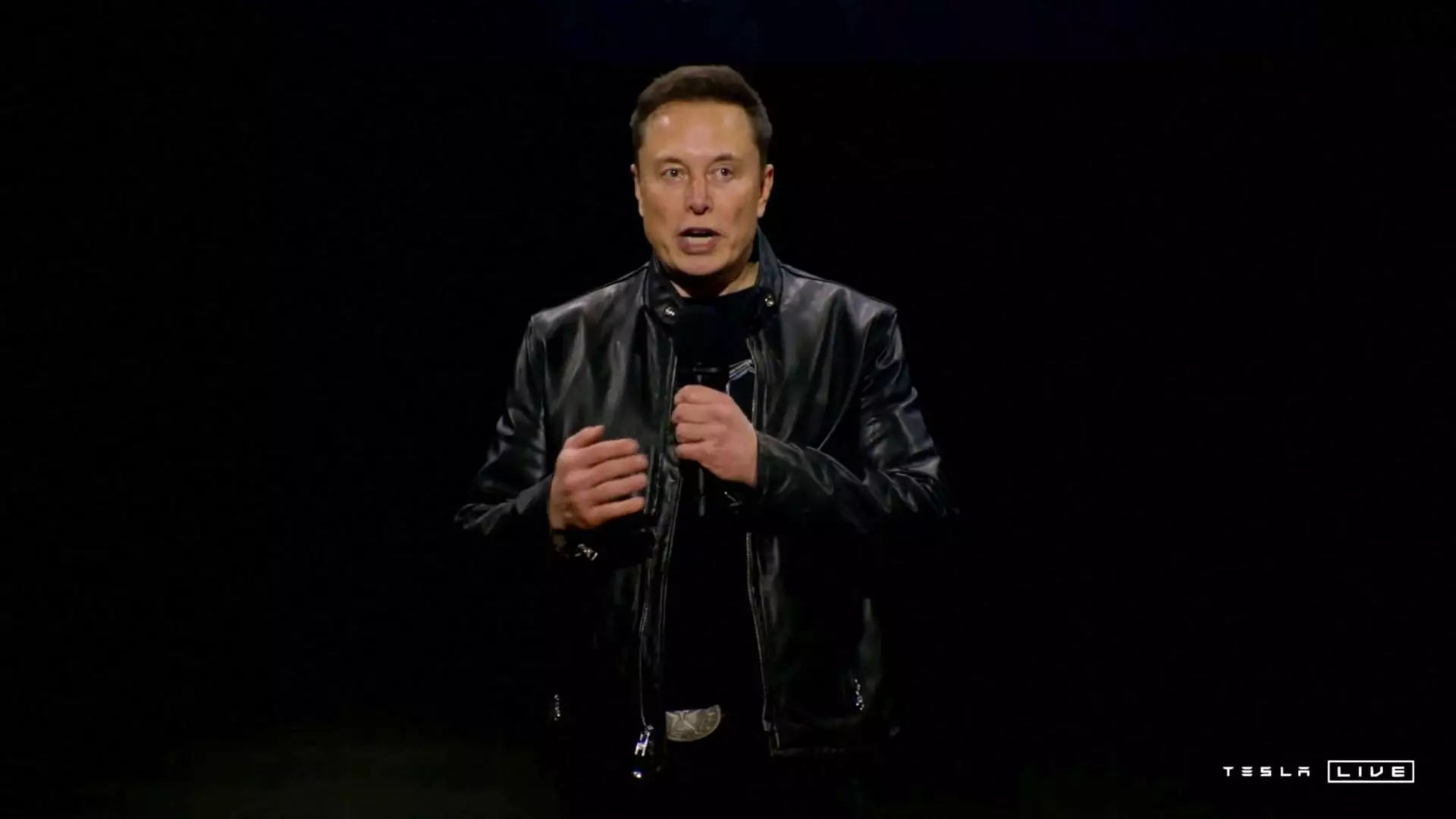Tesla’s fourth-quarter report for 2024 has sparked a considerable amount of discussion and speculation among investors, analysts, and the automotive industry as a whole. While the company reported impressive figures in terms of total vehicle production and deliveries, the first annual drop in delivery numbers since its inception raises several questions regarding its strategy and market position. In this analysis, we will delve deep into the numbers, examine the broader implications, and assess Tesla’s prospects moving forward.
Tesla’s announcement of a total of 495,570 deliveries for Q4 2024 and 1.789 million total annual deliveries represents significant numbers at first glance. However, juxtaposed with the previous year’s performance of 1.81 million deliveries, it becomes glaringly evident that the company has witnessed a downturn. The production figure of 459,445 vehicles for the final quarter also reflects an annual total production of 1,773,443, suggesting that Tesla is struggling to maintain its previous growth momentum.
Market analysts had projected higher expectations, with estimates averaging around 504,770 for the quarter. With actual deliveries falling short of these predictions, the 7% decline in Tesla’s stock on the day of the report’s release highlights that investors are skittish about what these numbers could indicate about the future of the company.
Tesla once held a monopoly on the electric vehicle (EV) market, positioning itself as a leader in battery technology and production efficiency. However, the landscape is rapidly evolving. New competitors are emerging, such as General Motors, Ford, and Rivian in the United States, while international opponents like BYD and European giants like Volkswagen are gaining traction in the EV space. The increased competition is not only undermining Tesla’s market share but also affecting its sales performance, particularly in Europe and China.
Despite claiming leadership in charging infrastructure, Tesla faces credible challenges from other reputable manufacturers that are ramping up their electric vehicle offerings. This competition could intensify, especially as consumer preferences evolve and price sensitivity drives the market dynamics.
Another facet complicating Tesla’s narrative is Elon Musk’s engagement in politics, particularly his support for President-elect Donald Trump. Musk’s heavy investment and campaigning efforts could distract from his responsibilities as CEO of Tesla and lead to a perception among investors that his focus is diverted from the company’s core business operations. Sam Fiorani from AutoForecast Solutions raises a salient point: the political arena could siphon attention away from challenges in delivering quality vehicles and meeting demand in a competitive landscape.
While such distractions may not immediately manifest in financial results, the long-term implications for brand management and consumer engagement could be substantial. Investors may become increasingly wary of a focus that appears disjointed from core business objectives.
Despite being an innovator, Tesla’s challenges in operational execution should not be underestimated. The company has significantly invested in its futuristic goals, including autonomous vehicles and humanoid robotics. Nonetheless, the majority of its revenue still stems from vehicle sales, meaning that distractions and delays in production could be perilous. Patrick George, editor-in-chief of InsideEVs, aptly notes that Tesla should have focused on introducing more budget-friendly models in 2024.
The challenge posed by inventory build-up suggests that Tesla may need to recalibrate its production strategy. Slow sales and excess inventory may influence future production rates and pricing strategies, requiring careful management to mitigate impact on the company’s brand image and long-term outlook.
Looking ahead, Elon Musk has promised a strategic pivot towards more affordable vehicles and enhanced autonomous vehicle offerings. Projections for a growth rate of 20% to 30% in 2025 reflect an optimism that can only be realized with a precise execution strategy and improved market response.
Overall, as Tesla navigates through an era of competitive pressure, political distractions, and operational challenges, there is no room for complacency. For the company to maintain its status as a leader in the electric vehicle market, Tesla must quickly adapt its strategy, innovate effectively, and focus on executing its core mission if it wishes to reclaim and enhance its position in the evolving automotive landscape.

